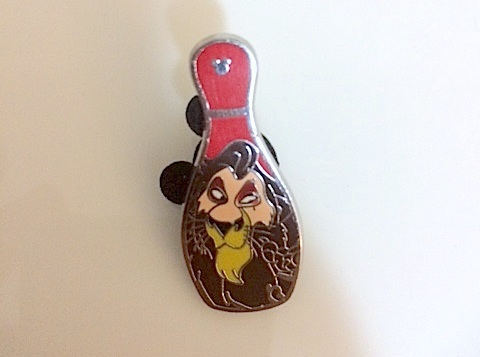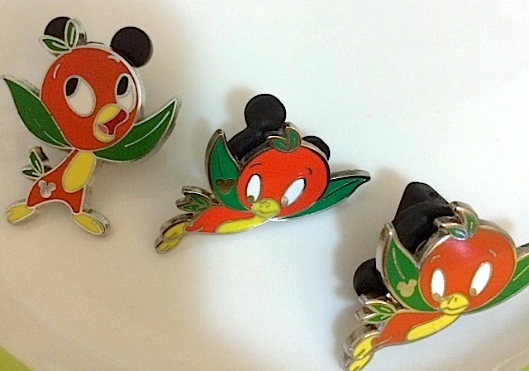As popular as pin trading is, a quick search of the Internet reveals that the world of Disney pin trading can be full of controversy. Cheap knockoffs and “scrappers” make up a large number of the pins traded at Disney parks, even by cast members. Scrappers are simply pins that didn’t meet quality assurance standards and have been resold to people looking to buy pins on the cheap.
Sometimes, the same molds are used in an unauthorized manner to make the fakes. This makes it really difficult to know if you’re getting the real deal. Fake pins infuriate customers who pay $4 to $14 a pin, only to give away their pins for cheap, worthless knockoffs.
Whether you’re an aspiring collector, or, like me, someone who just appreciates nice looking pins of their favorite characters, it’s important to be able to identify a fake. Here are five tips you can use to spot fake pins during your next Disney trip.
Tip #1: If the color of the pin seems off, it’s probably a fake
One of the tell-tale signs that a trading pin is a fake is when the color of the pin is really off. If Princess Tiana from The Princess and the Frog, Disney’s first African-American princess, has pink or yellow skin, this pin is not an authorized version by Disney.
Here is an example scrapper of Scar, from The Lion King. This pin was retrieved from a cast member during a recent visit at the Magic Kingdom in Orlando, Florida.
In the picture, Scar’s mouth is yellow and he has a few black spots of paint near his nose. Additionally, his right eye seems to be bleeding with red paint, and his eye lids are not completely filled in.

If you notice a pin with a character that looks off in color, it’s probably a fake.
Tip #2: The characters on real pins have pupils
One way a pin makes it to the trash pile is by not having pupils. Because this is such a small detail, there are so many pupil-less pins in circulation. Check out this one small detail before you hand over your trading pin.
Tip #3: For the most part, real Disney pins are metal
In general, authorized Disney pins are metal. Some older pins (read: more valuable) are plastic. However, this is by far the exception, not the rule.
This is why Disney’s official pin trading rules state only two metal backed pins with the ©Disney logo may be traded per cast member, per day. Most of the time, cast members catch pins that don’t meet up with these standards, so you’re not as likely to find a plastic backed pin with a cast member.
Tip #4: Compare the pin to other pins of the same variety
While many pins are difficult to identify as fakes on their own, it can be fun to spot the fake among a set.
Here is a picture of three orange bird trading pins retrieved from a recent trip to Epcot in Orlando, Florida.

Two of the pins are of the same variety, while the other bird is there for comparison purposes. It might be really difficult to pick out the fake on its own. But together, it’s clear the bird all the way on the right is the wrong color. It’s pupils aren’t dark like the others.
Tip #5: If someone has hundreds and hundreds of pins, they likely have fakes
Real trading pins are kind of expensive. While it’s possible to get great deals on them in variety packs or through other means, if another visitor is wearing a vest with hundreds upon hundreds of pins, be weary.
Vote of the Week
Tell us in the comments about your pin collecting and trading experiences!
A lot of the problem I think are some of the tourist trap shops just off property that sell a lot of fake pins. An average customer isn't going to know, and if they can get their little metal pin there for 99 cents as opposed to 4 dollars why wouldn't they.
Pins are like beanie babies they have no value at all. Sets cannot be easily completed and they keep making more and more but at $10 or more a pin their profit margin has to be huge.
I like crushed pennies because every theme park and city has them and they have stayed the same cost for years. Plus if you crush the older pennies you have a nice copper keep sake
This article has been archived and is no longer accepting comments.
1. Don't worry about fakes or
2. Don't trade pins